The Most Cost-Effective Method to Achieve 55 HRC Hardness for SCM440H Steel
To enhance the efficiency of SCM440H steel in use, Sevit introduces the most cost-effective method to achieve 55 HRC hardness for SCM440H steel.
1. How to Achieve 55 HRC Hardness for SCM440H Steel
First, we need to determine whether the finished product requires heat treatment for SCM440H steel. What is the desired hardness for the final product? Once we have these answers, we will know the next necessary steps.
Typically, the most effective method to achieve 55 HRC hardness for SCM440H steel is oil quenching. This is the most suitable and common heat treatment for SCM440H steel. Through oil quenching, the steel's hardness is increased, hardening from the outside in, which maximizes the product's performance.

In addition to oil quenching, some units also use surface heat treatment methods (FHA/HQI), where the material surface is continuously heated under the action of a medium current, followed by rapid cooling to increase surface hardness. The depth of hardness is typically between 0.5 mm and 2 mm.
2. Factors That Reduce the Strength of SCM440H Steel
a. Skipping the Heat Treatment Process
Many applications of SCM440H steel require a hardness of 30 HRC or higher. For example, SCM440H steel used for anchor bolts should have a hardness of 32 HRC. Without undergoing heat treatment, SCM440H steel will not achieve its highest potential, causing the finished product to wear out faster.
Therefore, the heat treatment process is considered essential for enhancing the mechanical properties of SCM440H steel to meet the required application standards.
b. Incorrect Heat Treatment Method
If the steel is not heat treated correctly, it will not achieve the desired hardness, or the hardness may be uneven, leading to reduced durability of the finished product. In other words, the service life of the SCM440H steel component will be shorter.
For example, when SCM440H steel is induction hardened (high-frequency quenching), only the outer layer (0.5 mm – 2 mm) will harden. As a result, the product's lifespan will be shorter compared to one that has undergone oil quenching.
c. Inadequate or Excessive Hardness After Heat Treatment
It is known that the hardness achievable after heat treating SCM440H steel is approximately 50 HRC – 55 HRC. Depending on the finished product, the steel will be heat-treated to the appropriate hardness level. If the hardness is too low, the steel will not have sufficient hardness, resulting in poor performance. If the hardness is too high, the steel may become brittle and prone to cracking.
Therefore, it is crucial to understand the technical requirements of SCM440H steel applications to achieve the optimal hardness during heat treatment and ensure the maximum performance of products made from SCM440H steel.
We hope this information resolves any issues you may have encountered. For more detailed consultation on industrial steels, feel free to contact us at 0332 91 61 61 or chat with us directly.
Contact Sevit at:
* Tel: +84 332 91 61 61
* Email: sales@sevit.vn
* Zalo: Sevit Special Steel


 Vietnamese
Vietnamese
 日本語
日本語
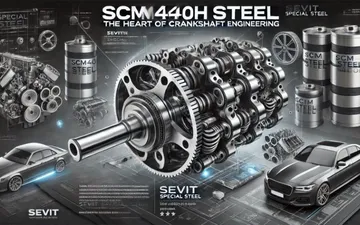
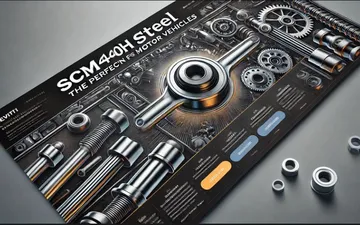
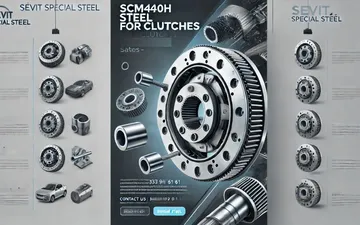
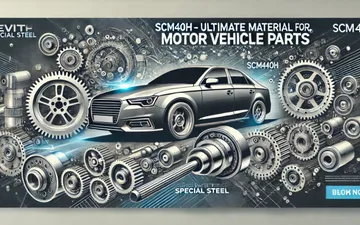
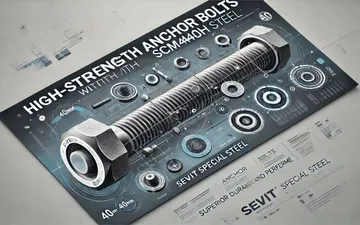
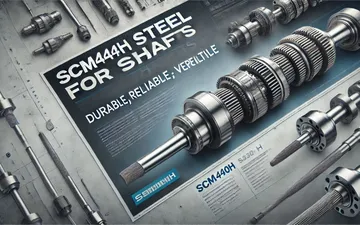
 Online
: 4
Online
: 4 Hits today
: 23
Hits today
: 23 Hits yesterday
: 132
Hits yesterday
: 132 Visits of the month
: 5105
Visits of the month
: 5105 Total access
: 1010088
Total access
: 1010088

